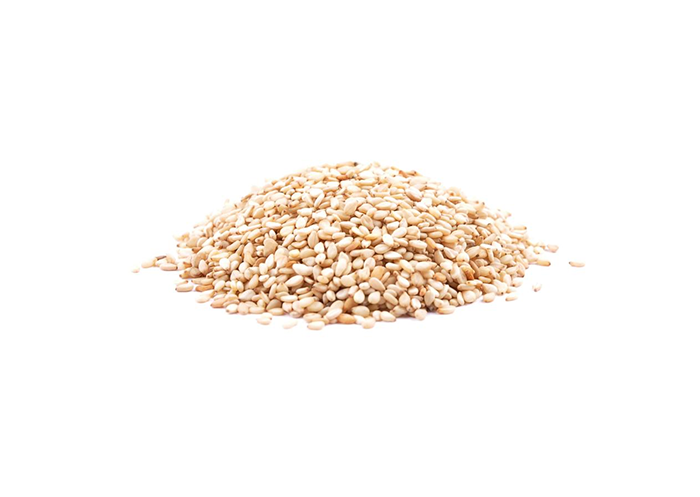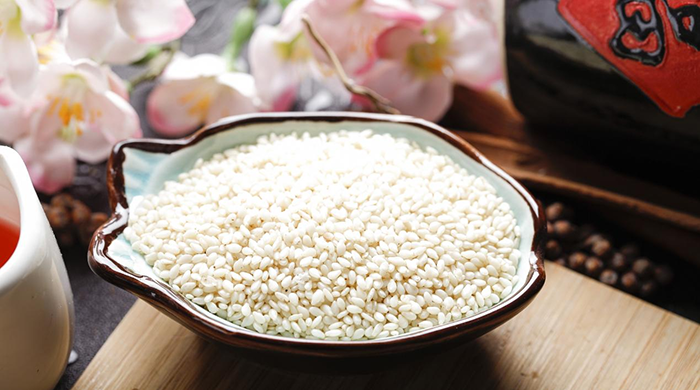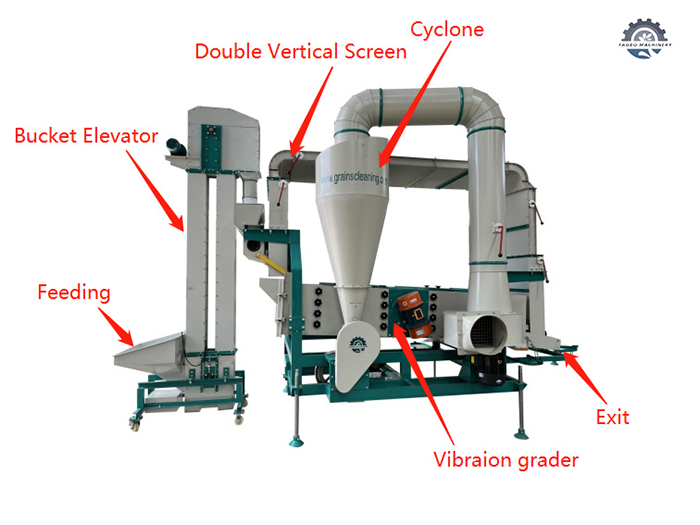
Sesame cultivation is mainly distributed in Asia, Africa, Central and South America. According to industry evaluation: In 2018, the total production of sesame in the above-mentioned main-producing countries was about 2.9 million tons, accounting for about 80% of the total global sesame production of 3.6 million tons. Among them, the production volume of East Africa and West Africa is about 1.5 million tons, accounting for more than 40% of the world, and about 85% of the production is used for the international market. Africa has become the only region with increasing and fastest growing sesame production in the world. Since 2005, Ethiopia in East Africa has become one of the important emerging countries in global sesame production. Sudan sesame cultivation area accounts for about 40% of Africa, and the normal annual output is not less than 350,000 tons, ranking first among African countries.
In Africa, Tanzania has an annual production of about 120,000-150,000 tons, Mozambique has an annual production of about 60,000 tons, and Uganda has an annual production of about 35,000 tons. In Africa, Tanzania has an annual production of about 120,000-150,000 tons, Mozambique has an annual production of about 60,000 tons, and Uganda has an annual production of about 35,000 tons. China is the largest export market for the three East African countries, followed by Japan. Production in West Africa is basically about 450,000 tons, of which Nigeria and Burkina Faso produce more than 200,000 tons and 150,000 tons respectively. In the past six years, sesame production in Nigeria and Burkina Faso in West Africa has developed rapidly, and production has increased significantly. China is the largest export market for the three East African countries, followed by Japan. Production in West Africa is basically about 450,000 tons, of which Nigeria and Burkina Faso produce more than 200,000 tons and 150,000 tons respectively. In the past six years, sesame production in Nigeria and Burkina Faso in West Africa has developed rapidly, and production has increased significantly.

India is currently the world's largest producer and exporter of sesame, with an annual output of about 700,000 tons, and is overly dependent on monsoon rains for production. Myanmar's annual output is about 350,000 tons, of which the Myanmar black hemp planting area has increased significantly in 2019. India, China, Sudan and Myanmar are the world's four traditional main producers of sesame, and before 2010, these four countries accounted for more than 65% of the world's output. In the past five years, global sesame exports have been in the range of 1.7 to 2 million tons. The major producing countries are also basically export countries. The world's 6 largest exporters: India, Sudan, Ethiopia, Nigeria, Burkina Faso, Tanzania. Most African countries produce mainly for export.

Post time: Apr-17-2024







